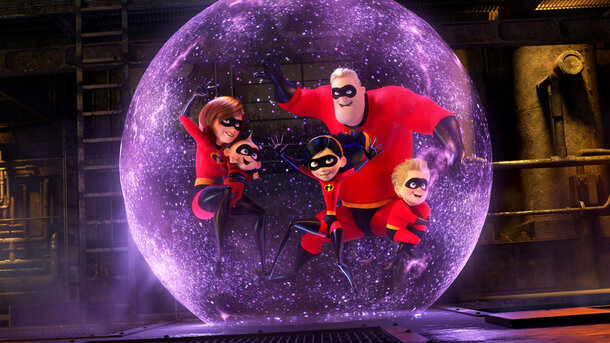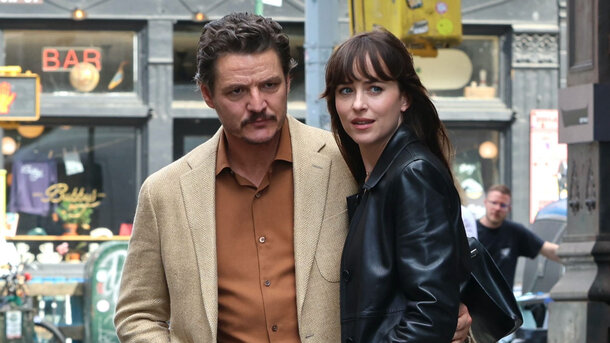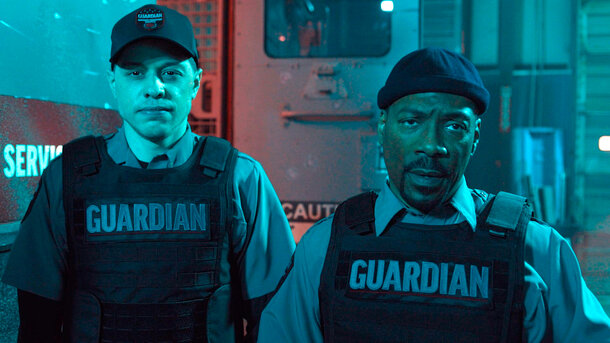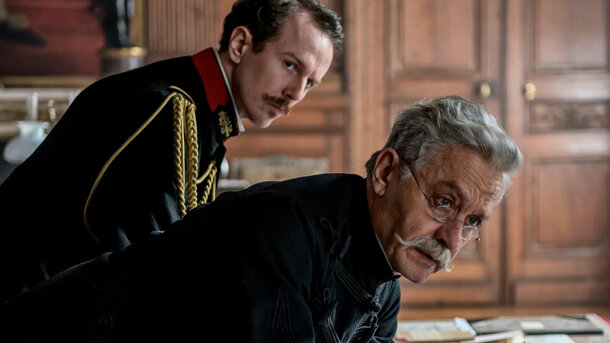When I first heard Wes Anderson was creating a stop-motion film about dogs exiled to a garbage island in a futuristic Japan, I’ll admit — I raised an eyebrow. But from the moment Isle of Dogs began, I was all in. There’s a peculiar charm in watching mangy, matted puppets come to life with such intricate grace — and trust me, this offbeat adventure is as soulful as it is scrappy.
Plot Without Spoilers: A Pack With Purpose
The story kicks off in Megasaki City, where a canine flu outbreak leads the corrupt Mayor Kobayashi to banish all dogs to Trash Island. But young Atari — his distant nephew — won’t accept the loss of his beloved guard dog, Spots. So, he flies a rickety plane to the island, crashes (spectacularly), and begins a quest to find Spots — helped along by a ragtag pack of misfit mutts led by the loner Chief (voiced by Bryan Cranston). What follows is a clever, sometimes chaotic, often touching journey about identity, resistance, and the unspoken loyalty between boy and dog.
Wes Anderson’s Signature: Quirky Precision Meets Japanese Minimalism
As expected, every frame is a masterclass in symmetry, colour control, and whimsy. Anderson’s homage to Japanese cinema — particularly Kurosawa — is more than just aesthetic. From Taiko drums to cherry blossoms, the cultural nods feel intentional, if slightly curated through a Western lens. The story structure mimics classic Japanese storytelling, but is laced with his signature dry wit and deadpan delivery.

It’s a curious fusion — and it works.
Performances That Bark and Bite
Bryan Cranston is stellar as Chief, bringing a gravelly vulnerability to a dog who’s never been loved. Edward Norton’s Rex, Jeff Goldblum’s rumour-loving Duke, and Bill Murray’s streetwise Boss all add personality to the pack. Greta Gerwig plays Tracy, a gutsy foreign exchange student (though her character sparked debate about cultural representation). But it’s young Koyu Rankin as Atari who grounds the film in heartache and courage. The voice casting feels like an Anderson all-star dinner party, and it’s deliciously entertaining.
Sound, Style, and Stop-Motion Sorcery
Visually, the film is stunning — layers of debris have never looked so artful. The handcrafted feel of every dog, bottle cap, and noodle bowl is awe-inspiring. Alexandre Desplat’s Oscar-nominated score fuses taiko rhythms with delicate melodies, elevating every moment from chase sequences to tearful reunions. And the sound design? Every bark, sniff, and snarl is meticulously sculpted.
Audience Reactions: USA vs. UK
In the US, Isle of Dogs was embraced for its creativity and daring storytelling, though some critics highlighted concerns about “cultural appropriation.” In the UK, however, audiences seemed more attuned to the dry humour and stylised execution, praising it as a “brilliantly bonkers” arthouse gem. British viewers — ever fans of eccentric underdogs — resonated deeply with its thematic blend of rebellion, loyalty, and oddball charm.

Final Verdict
Let me put it this way: Isle of Dogs is not just a film — it’s a love letter to loyalty, laced with absurdity and wrapped in Andersonian elegance. If you’re a fan of meticulous visuals, rebellious spirits, or films where the underdog literally saves the day — this one’s for you.
Pros:
- Visually groundbreaking stop-motion
- Rich, textured score
- Emotionally resonant without being saccharine
- A rare, bold narrative
Cons:
- Some cultural choices might divide opinion
- Pacing dips slightly in the middle act











